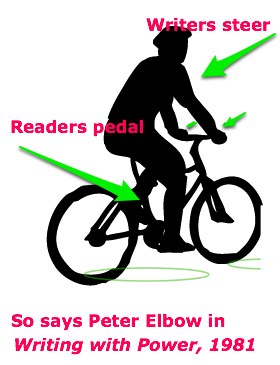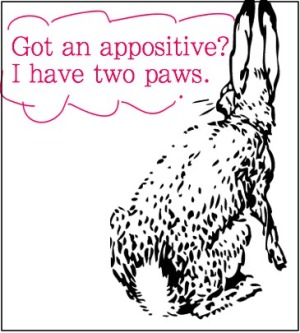Focus on paragraphs
Paragraphs
and style. Intentionally constructd paragraphs are evidence that you, the writer, does the heavy lifting for the reader. Why? Please consider paragraphing as an ethical duty to your reader. Part of coherence is flow, supported by transitions between sentences and between paragraphs.

Work your way through this web exhibit, including the links. Read more about working on paragraph coherence strategies at OWL.
Coherence also requires clarity of key idea handling within sentences. We spoke about empty subjects earlier. Lets' loop into that writer's craft again, more deeply.
Please, focus particularly on your sentences. A good approach is to write short, clear direct sentences at the beginning and ends of paragraphs. Why in these positions? The brain is attending carefully to
- the topic sentence position, where the main idea of the paragraph is announced
- in the transition position BETWEEN the two paragraphs
- tight transitions (best for most documents; allows the audience to skim) OR
- loose transitions
This short Google doc uses two "field" examples to look at loose and tight transitions. What is the bottom line for paragraph work? To support your reader move through complexity without a cognitive overload.
 One of Aristotle's canons for writing is ARRANGEMENT. The order and "chunking" of information matters very much for reader cognition and receptivity to what you write. This care in arranging information for the audience is also part of the cognitive wedge strategy. Another way to think about this is the given-new contract to help ensure clarity and coherence for readers. Look at this discussion on Given-New. (read three pages of this).
One of Aristotle's canons for writing is ARRANGEMENT. The order and "chunking" of information matters very much for reader cognition and receptivity to what you write. This care in arranging information for the audience is also part of the cognitive wedge strategy. Another way to think about this is the given-new contract to help ensure clarity and coherence for readers. Look at this discussion on Given-New. (read three pages of this).
NOW: mini-lesson on nested definitions within your cool things paragraphs.
What is an appositive? A bit of information you insert in between the subject and the verb. You need commas or other sorts of punctuation to set this off. This image of bunny paws can help you remember to do this:

Reader Comments